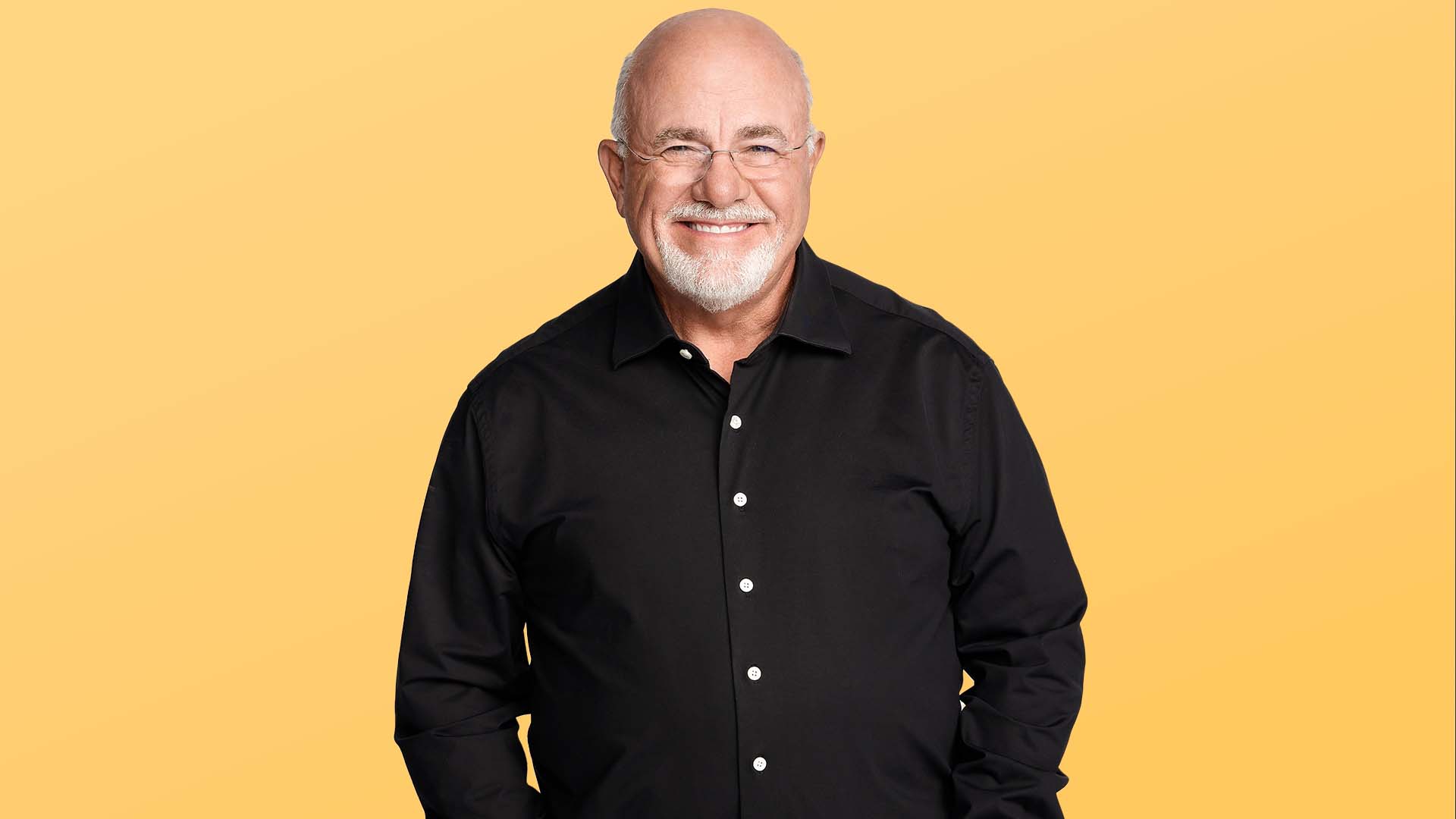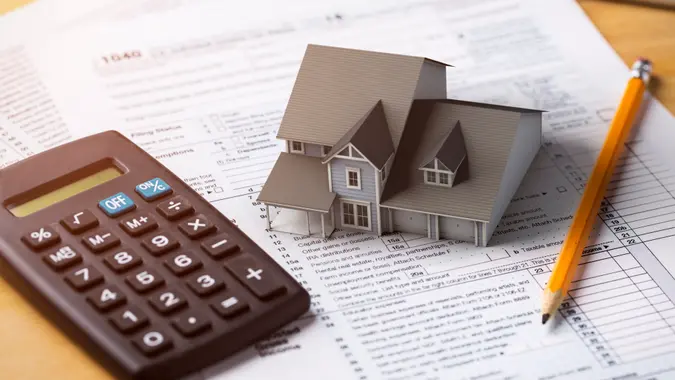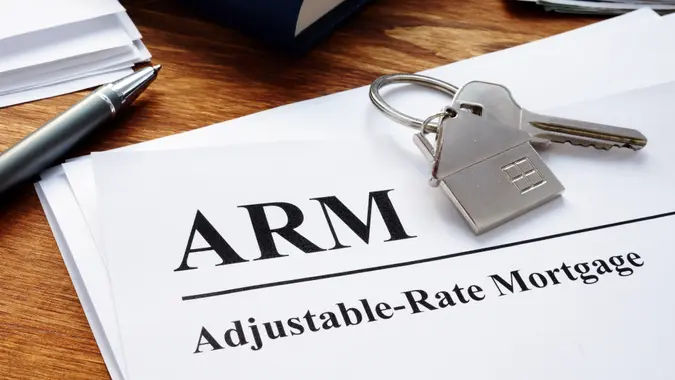Don’t Refinance Until You Read This Mortgage Pro’s Advice

Commitment to Our Readers
GOBankingRates' editorial team is committed to bringing you unbiased reviews and information. We use data-driven methodologies to evaluate financial products and services - our reviews and ratings are not influenced by advertisers. You can read more about our editorial guidelines and our products and services review methodology.

20 Years
Helping You Live Richer

Reviewed
by Experts

Trusted by
Millions of Readers
For the homeowner who has been waiting for interest rates to come down before refinancing, it can feel like a frustrating time. If you can’t — or don’t want to — wait, tapping your home equity may be a viable alternative.
“For homeowners who have built up significant equity, a cash-out refinance may be your best option,” said Scott Bridges, chief consumer direct lending production officer at Pennymac.
Bridges explains how to tap equity without making any costly mistakes later.
When To Refinance With High Interest Rates
If you’re considering a cash-out refinance, it’s important to have a clear goal in mind and not take out cash “just because.”
“The key is what the purpose of the funds are and if that outweighs any closing costs or changes in rate or payment,” Bridges said.
Cash-Out Refinance vs. Home Equity Loan: Which Should You Choose?
When interest rates are high, homeowners who want to tap into their equity must choose between adding to an existing mortgage via a cash-out refinance or taking out a separate home equity loan.
The answer depends largely on your current mortgage rate and what you need the money for.
“If you have a historically low rate on your first mortgage, perhaps in the range of 2.75% to 4%, it will make more sense to get a home equity loan (second mortgage),” Bridges said.
That way you keep your original low-rate loan intact while borrowing only the additional amount you need at a separate, typically higher, rate.
A cash-out refinance, on the other hand, replaces your entire mortgage with a new, larger loan. You receive the difference in cash, but the new loan will reflect current market interest rates, which could be significantly higher than your original rate — potentially adding hundreds of dollars to your monthly payment.
How Much Equity Can You Access? Here’s What Lenders Look at
You might have a significant amount of equity, but can you access all of it — and should you? Bridges said it helps to understand how home equity is determined: It’s your home’s current market value minus the outstanding balance on your mortgage, and it’s a major factor in refinancing decisions.
“Certain lender requirements, such as loan-to-value ratio (LTV), are measured to assess how much of your equity you can access,” he said.
A common rule of thumb is to keep your combined LTV lower than 80%. The lower it is, the less likely it is that you’ll need to pay private mortgage insurance (PMI) as well.
Smart Ways To Use Home Equity
Here are some scenarios where tapping into your home’s equity can make sense:
- Paying down high-interest debt (for example, credit cards charging 20% or more).
- Making value-adding home renovations.
- Funding education or investing in an income property.
- Changing your loan term or removing mortgage insurance (if the numbers work).
- Getting a lower overall cost than you can with other credit options.
The Risks of Tapping Your Equity: What Homeowners Should Know
While there are plenty of good reasons to do a cash-out refinance, Bridges urges consumers to remember that it comes with risks, too.
Unless you’ve got a plan for the money, the temptation to overspend can be profound. “A common pitfall after consolidating debt is viewing your new zero-balance credit cards as a source of spending and running them back up again,” he said. “Discipline is key — only spend what you can pay off each month.”
Additionally, these refinance types come with upfront closing costs.
“Understanding these costs is the key to making sure the benefits of accessing your equity are worth it for you,” Bridges said.
If you’re several years or more into your mortgage, you also want to be careful to structure the loan so you’re not restarting the term back to the beginning of a 30-year clock. Custom terms can preserve the remaining amortization.
“Companies such as Pennymac allow for custom terms, so if you had 23 years left on your old mortgage, we can start your new loan with a 23-year custom term,” Bridges said. “That helps ensure you will still pay your house off as intended.”
Know When To Refi — and When To Wait
Refinancing or tapping into your home’s equity can be a smart financial move, but only when the numbers make sense for your situation. If you’re sitting on a historically low mortgage rate, you may be better off leaving that loan intact and considering a home equity loan instead.
On the other hand, if you need to consolidate high-interest debt or free funds for a value-creating expense, a cash-out refinance can make sense, provided the math works after closing costs and rate differences.
Before you sign, run the numbers, consider how long you plan to stay in the home, and have a spending plan for any cash you pull out.
This article is part of GOBankingRates’ Top 100 Money Experts series, where we spotlight expert answers to the biggest financial questions Americans are asking. Have a question of your own? Share it on our hub — and you’ll be entered for a chance to win $500.
 Written by
Written by  Edited by
Edited by  Money Expert
Money Expert 






































































































